METALS AND ALLOYS
1/47
There's no tags or description
Looks like no tags are added yet.
Name | Mastery | Learn | Test | Matching | Spaced |
|---|
No study sessions yet.
48 Terms
Metals & Alloys
The backbone of Engineering Structures
Alloys
Combination/Addition of 2 or more metal/non-metallic elements (carbon, nitrogen, oxygen) for high performance engineering alloys.
Classification of Alloys
1. Ferrous (iron-based)
2. Non-ferrous
Pure Metals
are elements composed entirely of one type of atom, resulting in a uniform atomic structure, like gold, silver, copper, and aluminum.
Ferrous Alloys
Iron-based alloys
Ferrous Alloys
Known for its excellent mechanical properties (Strength, Ductility, Toughness)
Ferrous Alloys
Classified based on carbon content
Ferrous Alloys
More Carbon, Better Mechanical Properties
TYPES OF FERROUS ALLOYS
1. STEELS
2. CAST IRON
3. STAINLESS STEELS
Low Carbon Steel
- 0.1 wt % carbon content
- Not heat-treatable
- (ex. Corrugated sheets, tin cans)
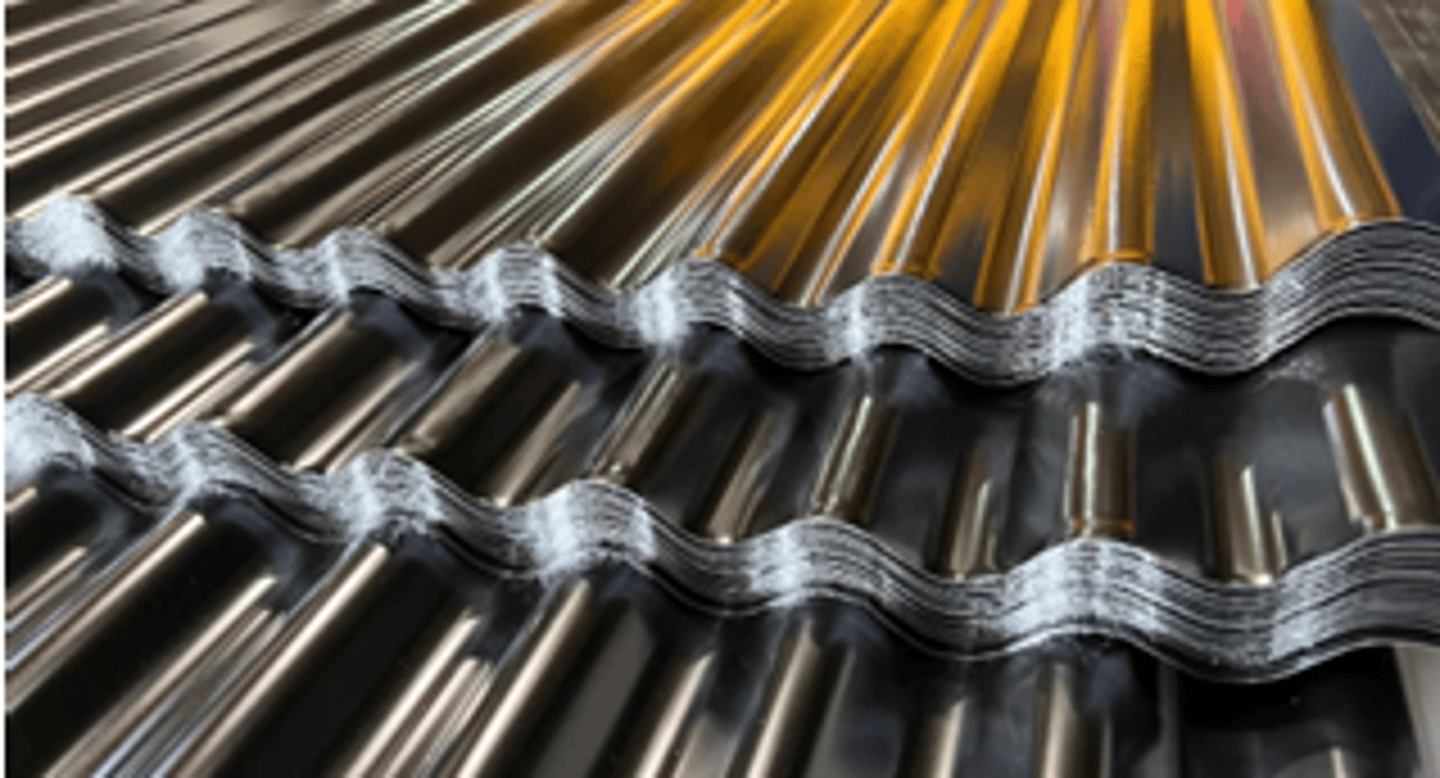
Mild Steel
- 0.15 – 0.25 wt %
- Excellent weldability
- (ex. I beam, Angles, Channels)
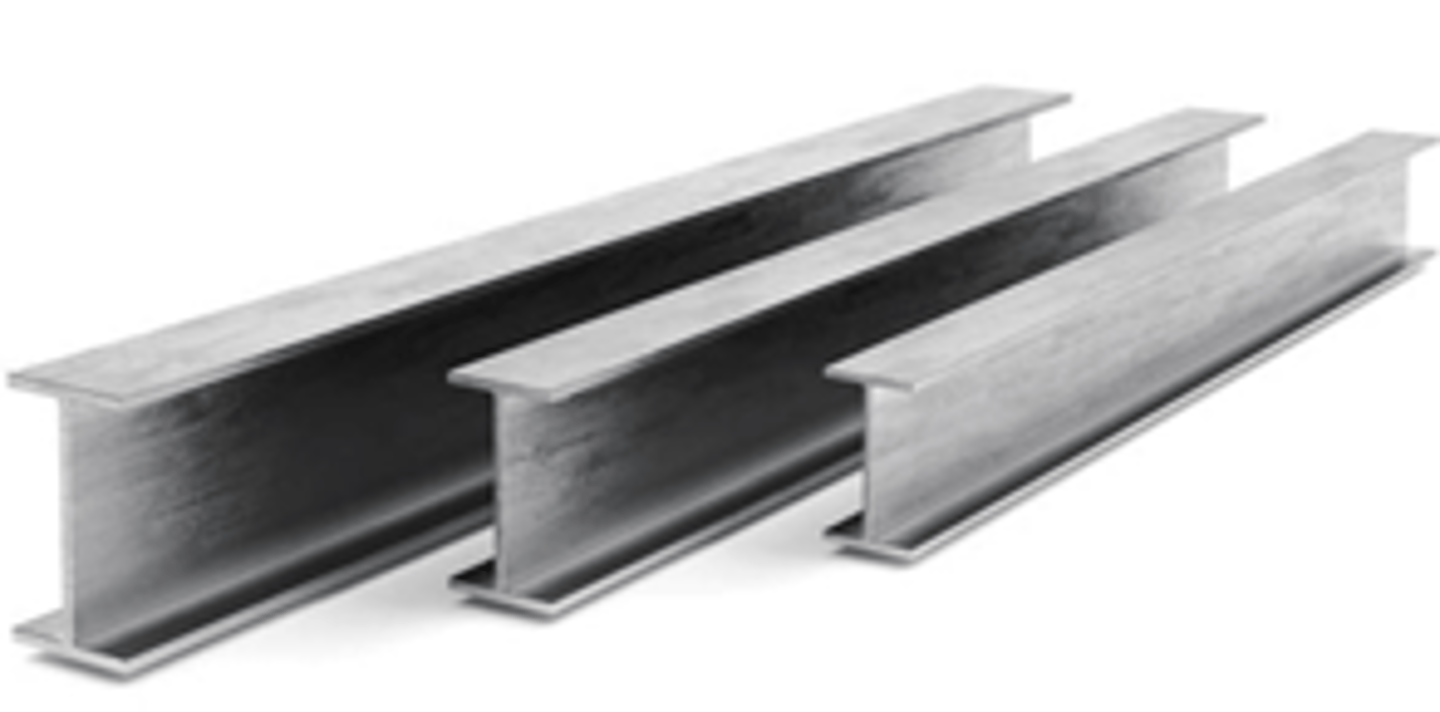
Medium Carbon Steel
- 0.3-0.65 wt % carbon content
- (ex. Railways)

High Strength Steel / High Carbon Steel
- 0.6 – 2 wt %
- Non-weldable because of increased hardness and brittleness
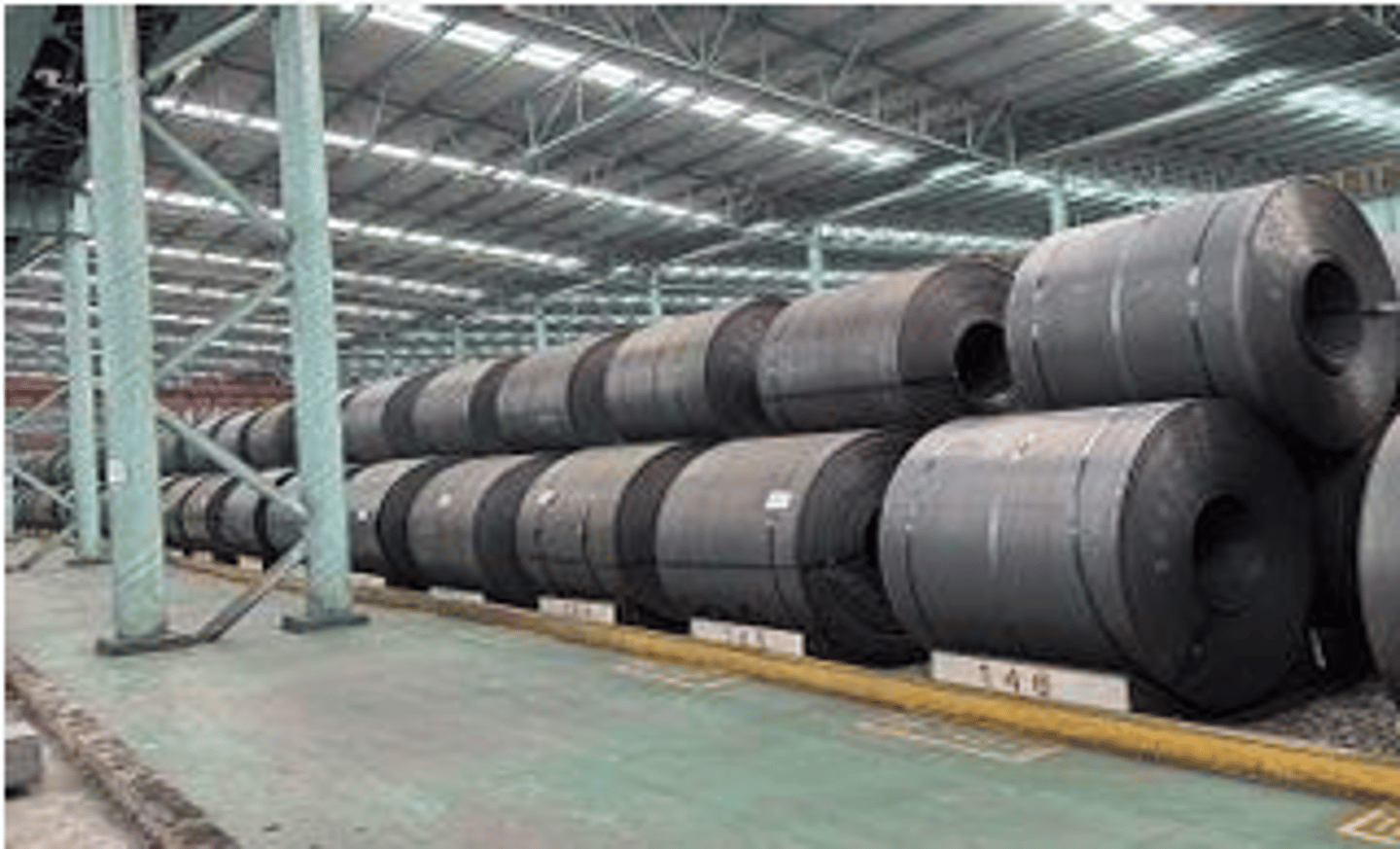
CAST IRON (Ferrous Alloys)
• Iron containing 2.11 wt % of carbon
• Easily corrodes because of high iron content
• Brittle
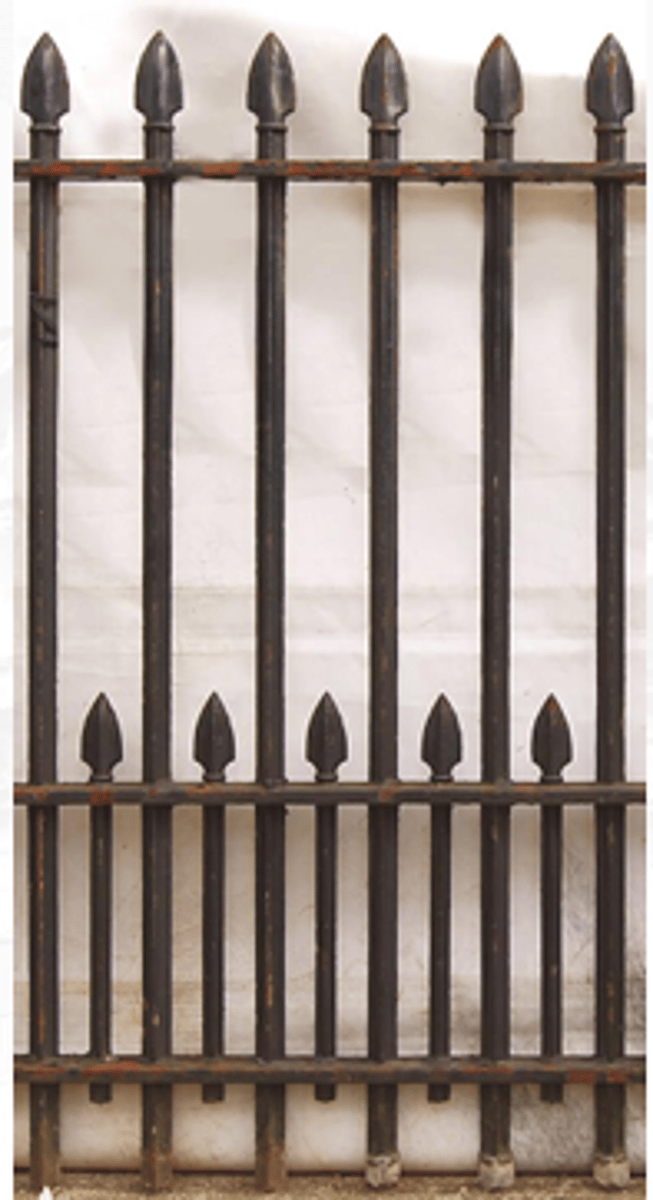
CAST IRON (Ferrous Alloys)
• Good in compression
• Weak in tension and Bending
• Loses strength and stiffness under high heat
• ideal for fences, stairs,
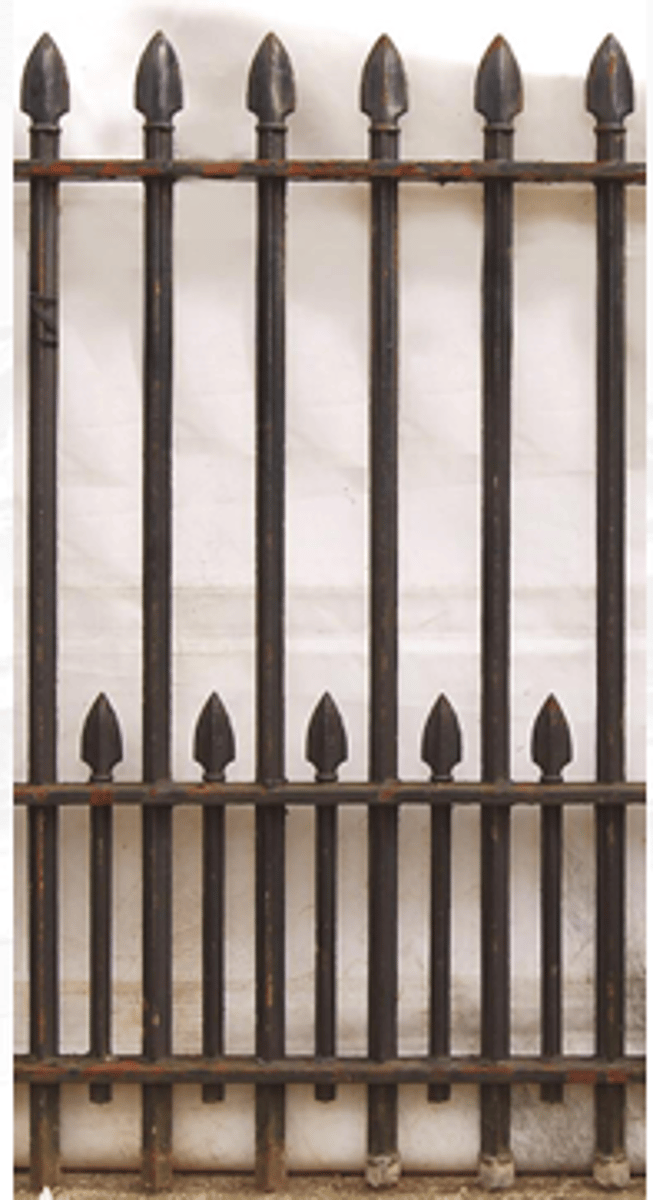
STAINLESS STEEL (Ferrous Alloys)
• Addition of nickel/chromium • Corrosion resistant
• Durable
• Poor thermal conductivity
• Difficult to weld
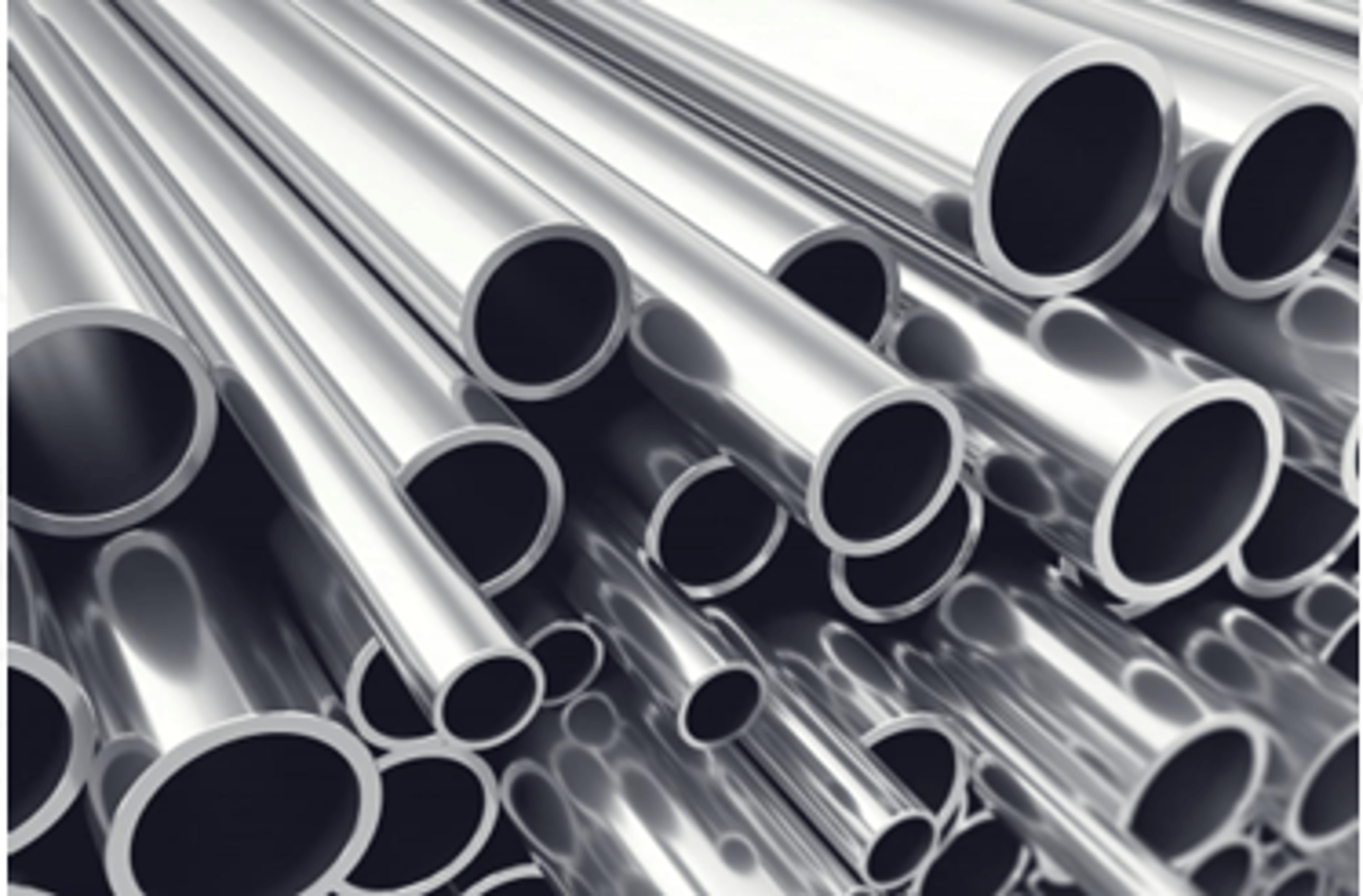
Types of Non-Ferrous Alloys
1. Copper
2. Aluminum
3. Magnesium
COPPER (Non-Ferrous)
An orange-red in color that does not react with water but reacts with oxygen and forms copper oxide (brown-black in color), protecting it from further corrosion.
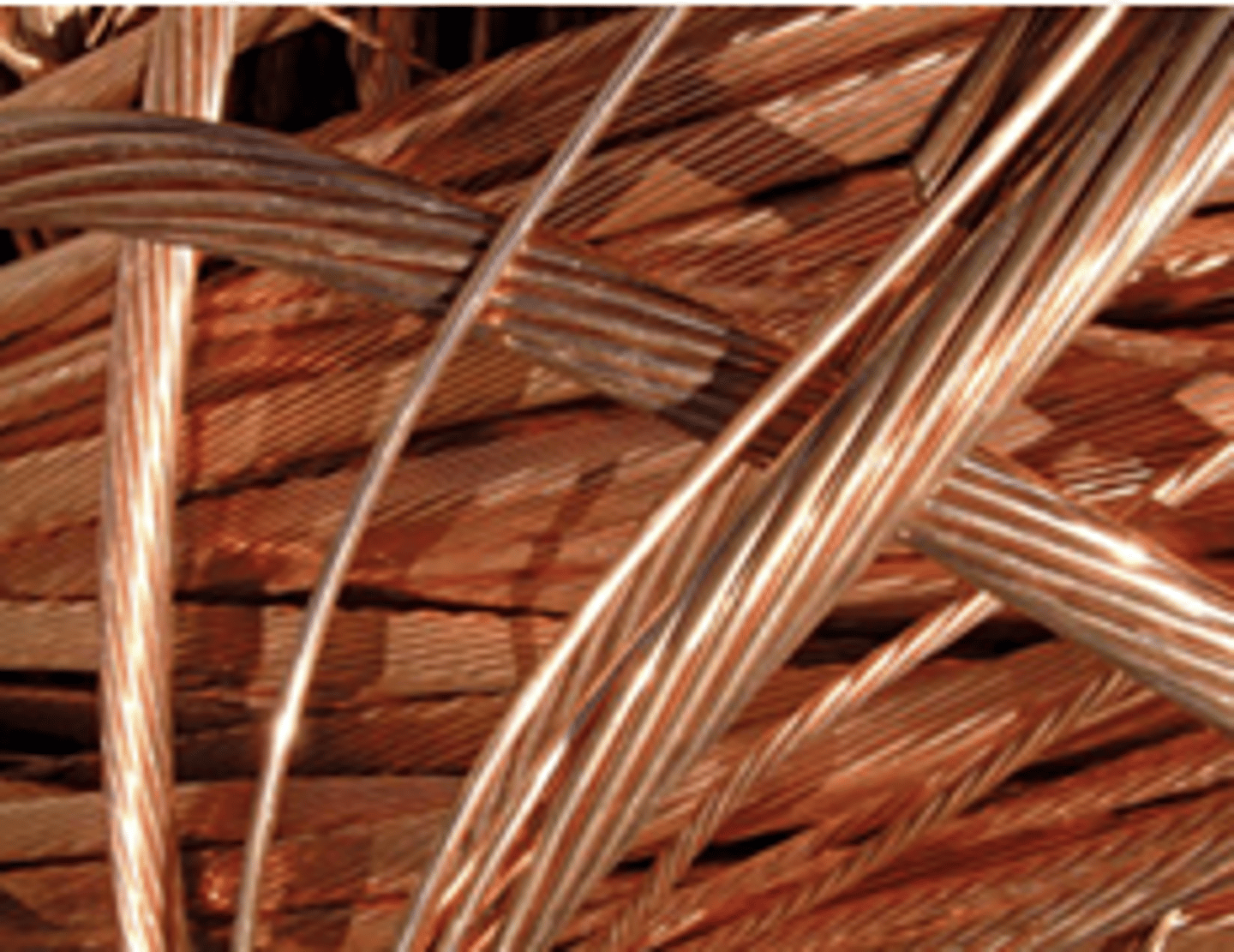
COPPER (Non-Ferrous)
Mainly used for electrical wires because of its electrical conductivity
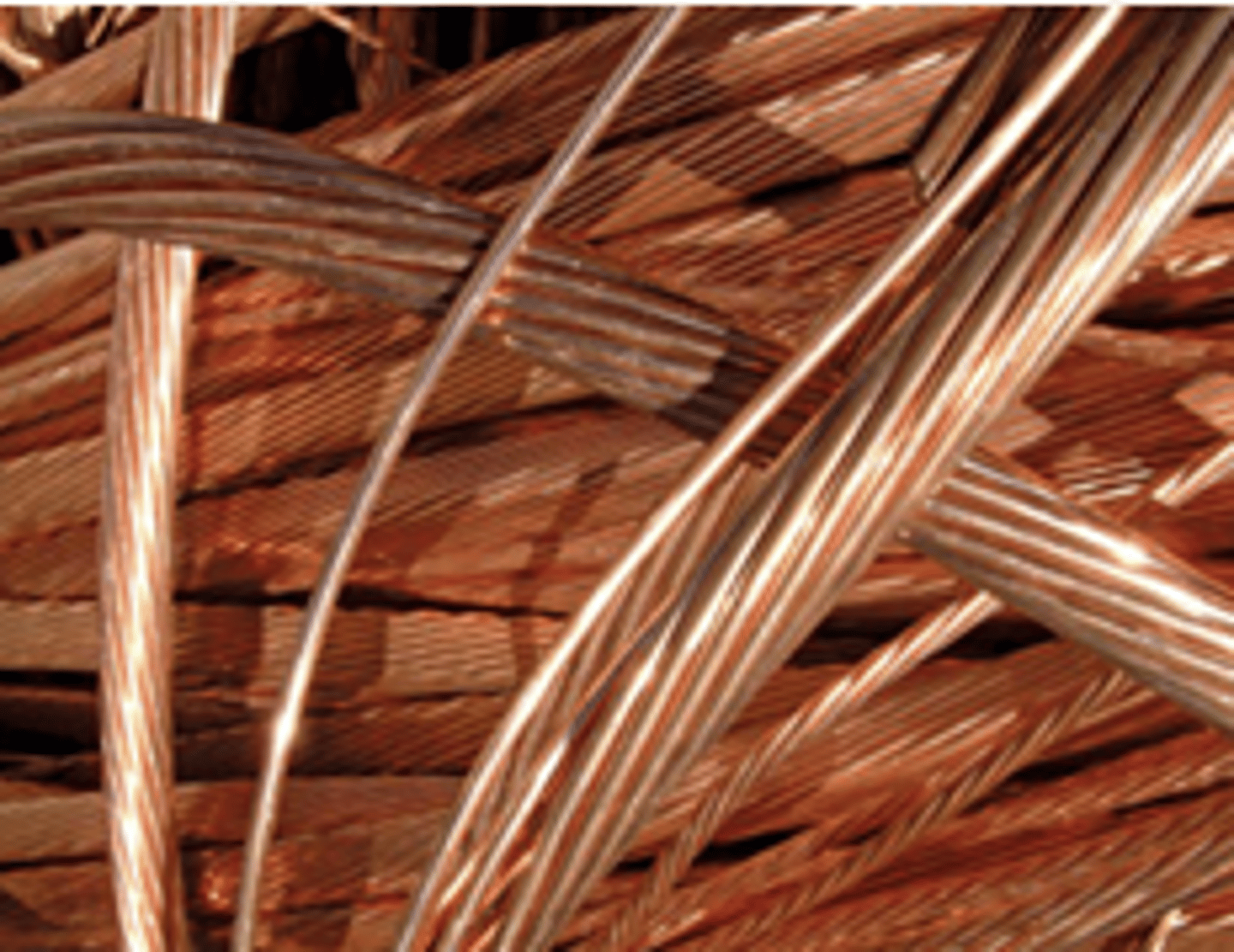
COPPER (Non-Ferrous)
Used for bathroom fixtures and handrails
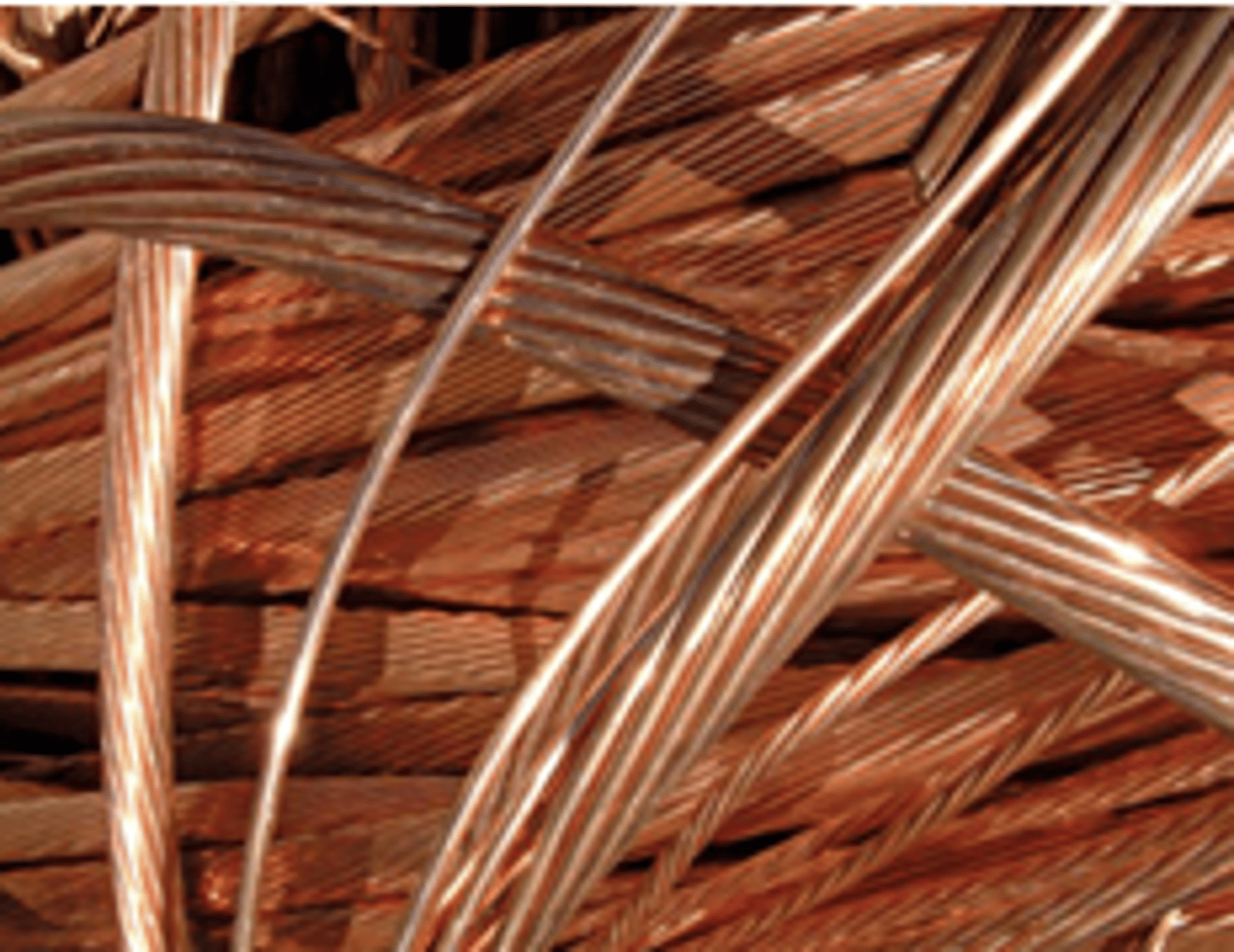
ALUMINUM (Non-ferrous)
• Silvery-white in color
• Reactive, ductile and malleable
• Typically used for window frames, siding, roofing, and structural supports.

MAGNESIUM (Non-ferrous)
• is significantly lighter than aluminum and steel
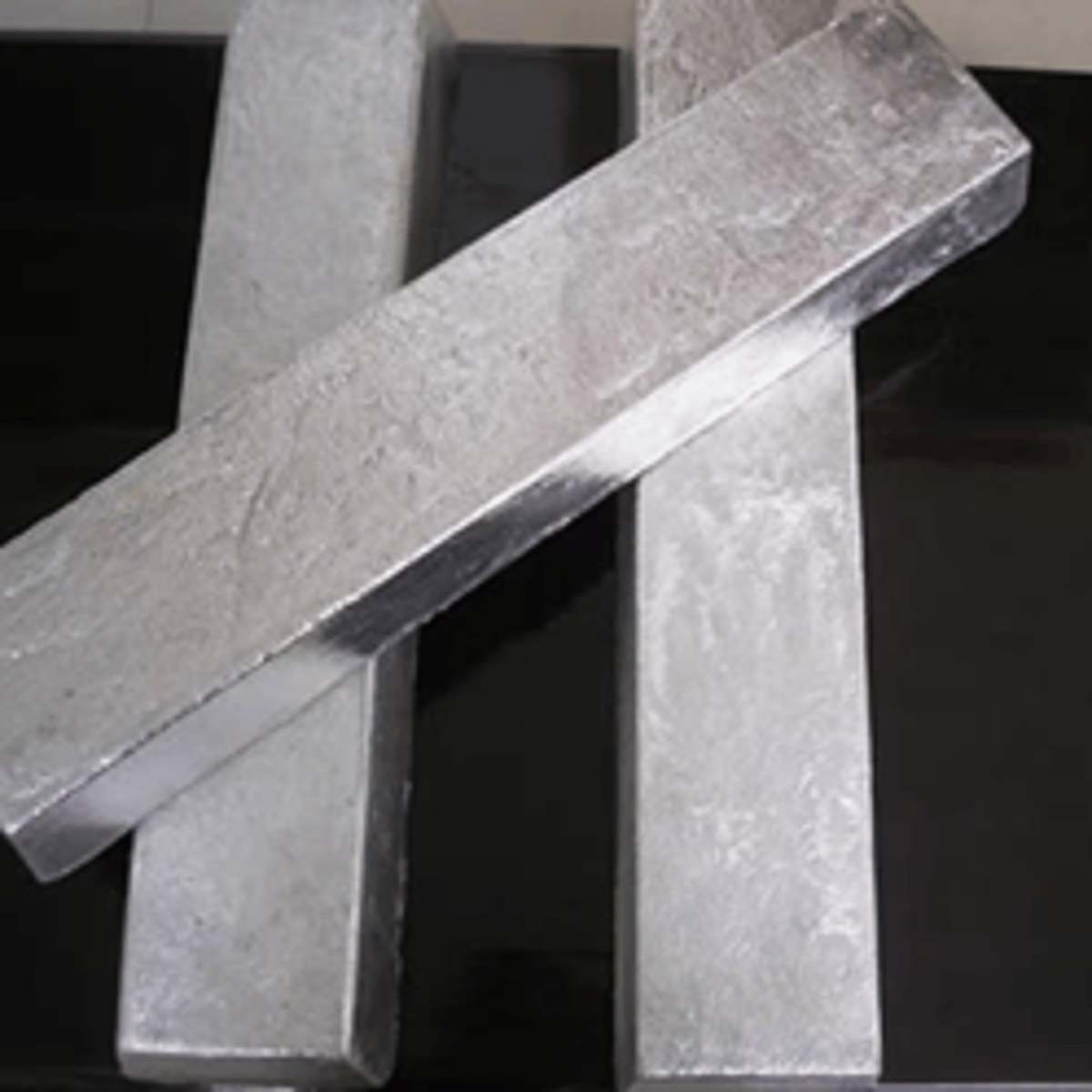
MAGNESIUM (Non-ferrous)
• Good damping capacity suitable for applications where noise reduction is important.
• Poor corrosion resistance
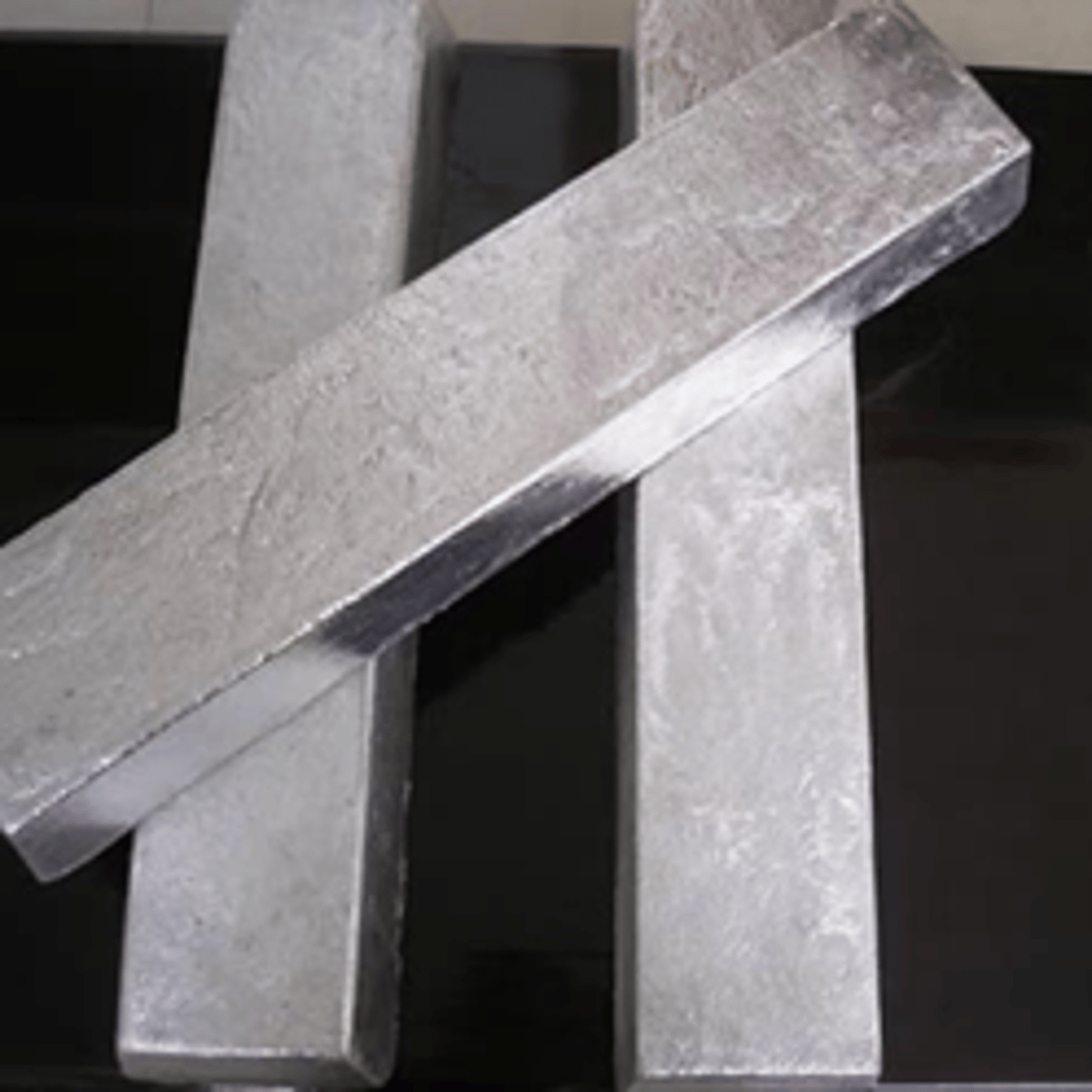
MECHANICAL PROPERTIES
The properties which relate to material behavior under applied forces
rolled
The more steel is _____ , the stronger it becomes.
FOUR PHASES
1 ▪ Linear Elastic Phase
2 ▪ Plastic Phase
3 ▪ Strain hardening Phase
4 ▪ Failure Phase
Linear Elastic Phase
Stress is proportional to strain, material behaves elastically. There is no permanent change to the material; when the load is removed, the material resumes its original shape.
Elastic Modulus
The slope of the straight line
Deformation
The load is proportion to _____.
Hooke's Law
The relation between stress and strain is known as _________.
Plastic Phase
If the load is removed the stress returns to zero and a residual strain or plastic strain remains.
Yield point
Point of zero slope in the stress-strain curve. After the yield point, the material behaves plastically (when the load is removed, the sample does not return to its original shape)
0.2%
Offset method for identifying yield point, marked on the deformation axis:
For steel, use _________ strain
0.35%
Offset method for identifying yield point, marked on the deformation axis:
For brass, use _____ strain
0.05%
Offset method for identifying yield point, marked on the deformation axis:
For cast iron, use _____ strain
Strain Hardening Phase
✓ Phase where stress increases again (though not linearly) with increasing strain.
✓ The material appears to stiffen again following yield. This phase continues until the stress level reaches a peak - the Ultimate Strength.
Failure Phase
✓Following the ultimate strength, the stress appears to decrease with increasing strain up to Rupture.
✓ **In fact the actual stress does not decrease, rather, the cross section is reduced due to a phenomenon known as “Necking”
Necking
✓ **In fact the actual stress does not decrease, rather, the cross section is reduced due to a phenomenon known as
Modulus of Elasticity
The constant value of stress divided by strain.
ASTM E8 Static Tensile Test
Elasticity
The property of the material that enables it to return to its original size and shape after a force is removed
Ductility
Measure of how much a material will stretch or deform.
Materials that are capable of undergoing large strains (at normal temperature) before failure
Malleability
A malleable material can be flattened into thin wire sheet.
Brittleness
A brittle material breaks with very little deformation.
Materials that fail in tension at relatively low values of strain are considered brittle.
Creep
Slow deformation over a period of time
Fatigue
A failure caused by repeated application and removal of stress.
Endurance Limit
The stress below which the material will not fail at any number of cycles.
Toughness
The capacity of a material to absorb energy while a force is applied to it.
The product of stress and strain up to the point of fracture.
Resilience
Ability of a material to recover its original size and shape after being deformed by an impact load.
The amount of energy that can be absorbed during the linear behavior of the specimen.